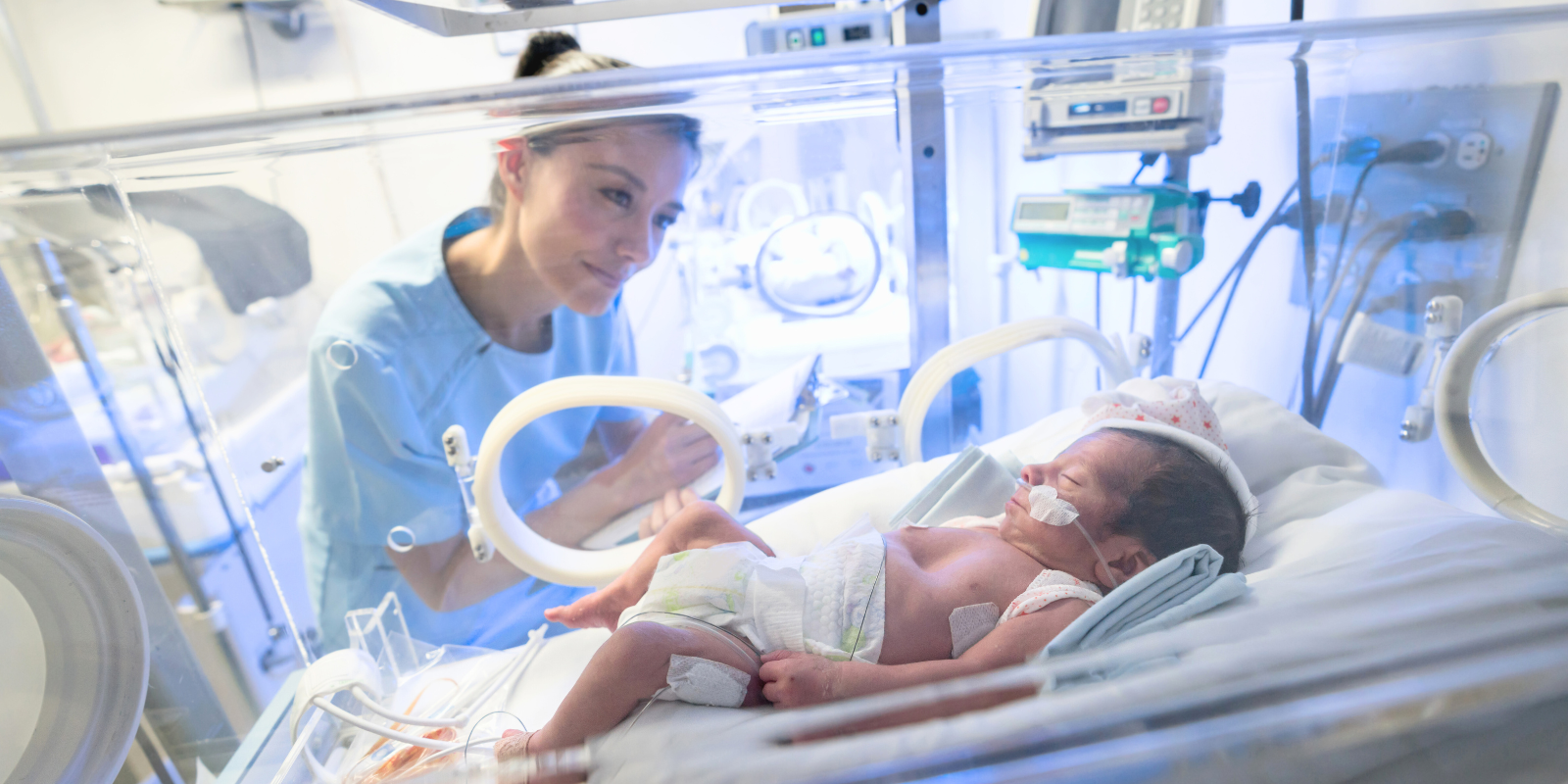In a forthcoming research paper, Anne Strong Caldwell, MD, a PGY-3 ophthalmology resident at the University of Colorado School of Medicine, finds that there is no significant difference in adverse outcomes between anti-vascular endothelial growth factor (anti-VEGF) treatments and laser treatments given to babies with retinopathy of prematurity (ROP) in a real-world setting.
“This is a serious disease that can lead to blindness, and we’re getting better at treatment, so it’s important to see what these outcomes look like outside of a highly controlled study,” says Strong Caldwell, one of two chief residents for the 2024-2025 academic year.
Strong Caldwell presented two posters on the research this month at the annual meeting of the American Association for Pediatric Ophthalmology and Strabismus (AAPOS) and plans to submit the study for publishing later this year.
Babies at risk for ROP are typically born at 30 weeks or earlier. ROP occurs because retinal blood vessels haven’t had time to fully develop in utero. As the vessels develop in a high oxygen environment, they can grow abnormally across the retina leading to retinal detachment and blindness. Laser surgery or anti-VEFG injections can be used to reduce retinal detachment caused by abnormal vessels.
Looking past clinical studies
In 2011, the Bevacizumab Eliminates the Angiogenic Threat (BEAT-ROP) randomized control trial shifted the treatment paradigm for ROP from laser toward anti-VEGF medications, by showing that the injections could be more effective than laser treatments.
But looking at 190 infants — 60 eyes that received primary anti-VEGF therapy, and 319 eyes that received laser treatment from 2006 through 2022 — Strong Caldwell concludes that there were no differences in outcomes and that there is high effectiveness of anti-VEGF and ROP laser treatments, both with low rates of retinal detachment and blindness.
“Since the BEAT-ROP trial, several real-world studies have investigated treatment outcomes. However, most of these studies have had small cohorts and short follow-up times,” she says.
Strong Caldwell leveraged the data about patient outcomes from the Children’s Hospital of Colorado ROP database, and found that rates of strabismus, anisometropia, macular dragging, optic atrophy, amblyopia, severe myopia, astigmatism, and retinal detachment did not differ between primary treatment groups.
The future of ROP research
Ideally, Strong Caldwell would like to see how these results may be different with time.
“Looking at this cohort again a few years down the road would be interesting,” she says. “We want more numbers and to follow up outcomes as these patients get older. That would be a good place to start.”
At the AAPOS meeting, she says she’s interested in feedback on the research.
“Conferences are such a great place to get questions and comments,” she says. “You really get to think about what your next steps might be or where and why there are limitations. You get a whole new level of considerations to think about.”


.png)

.png)